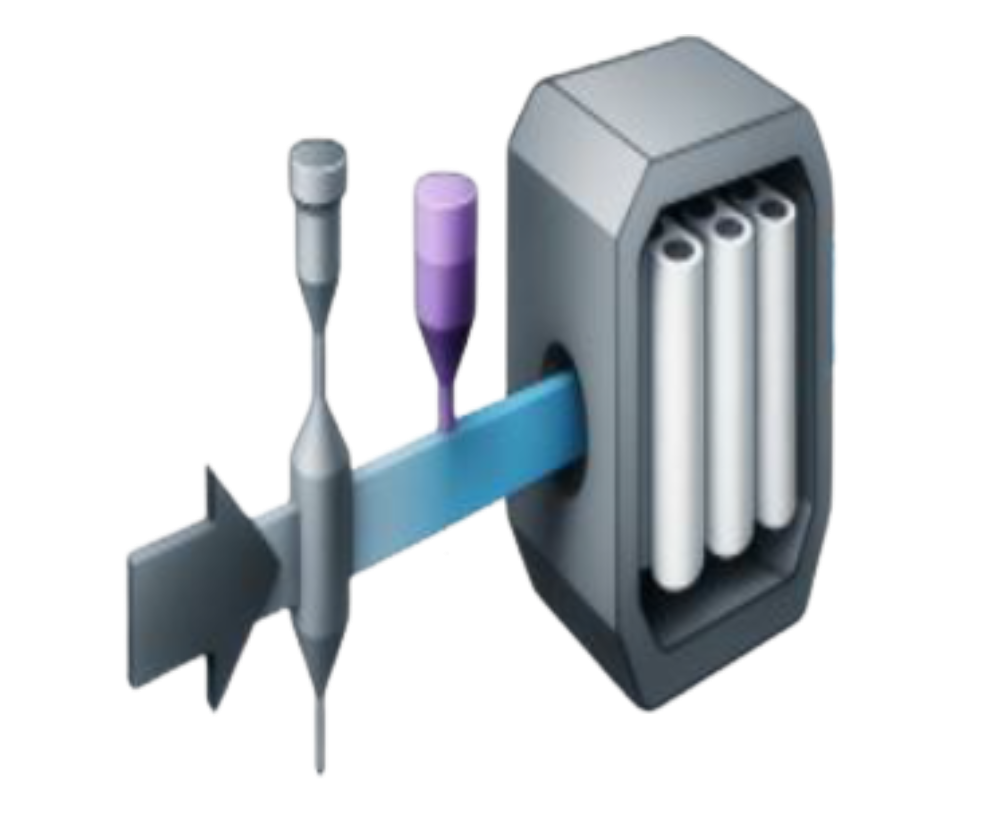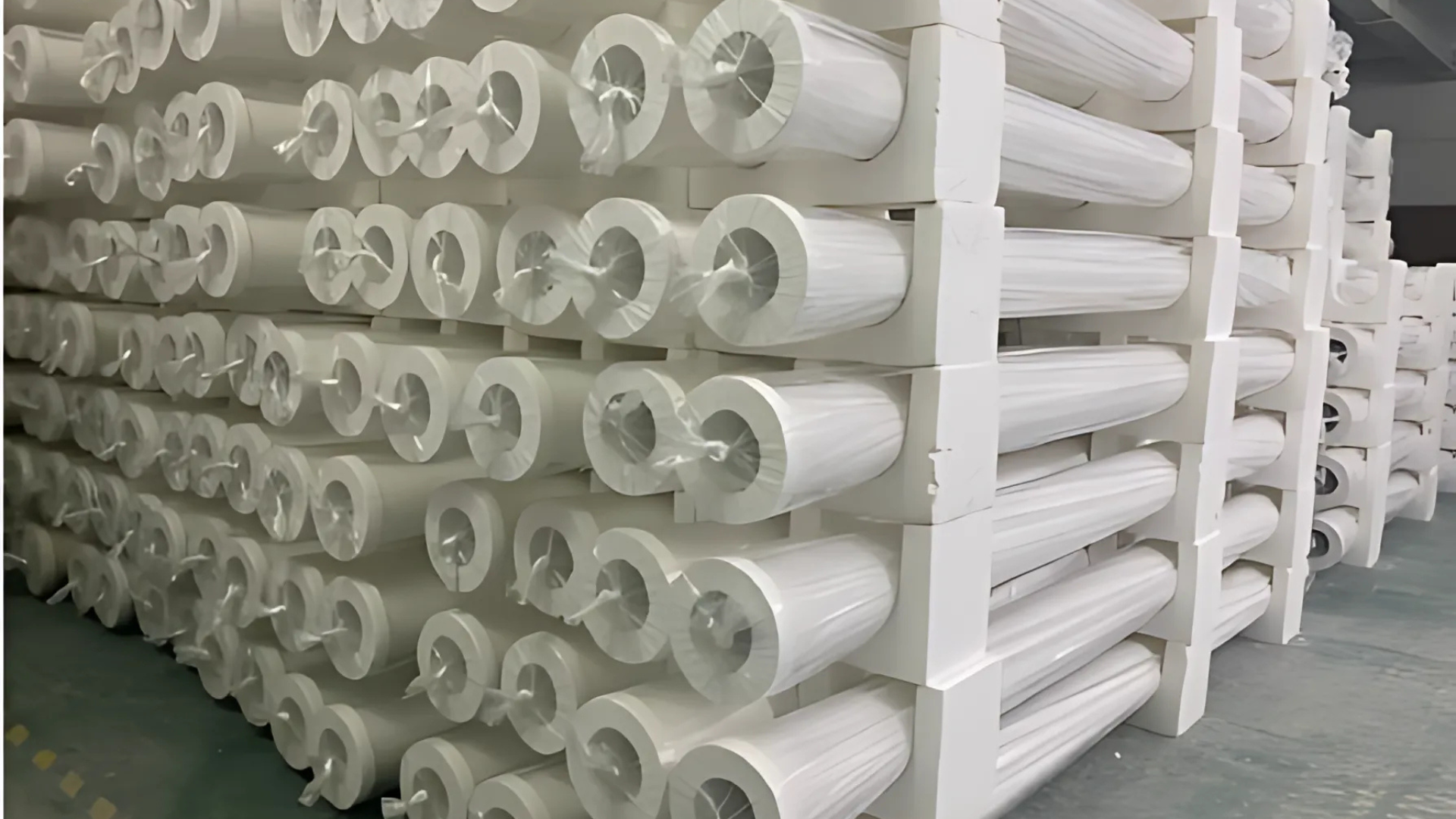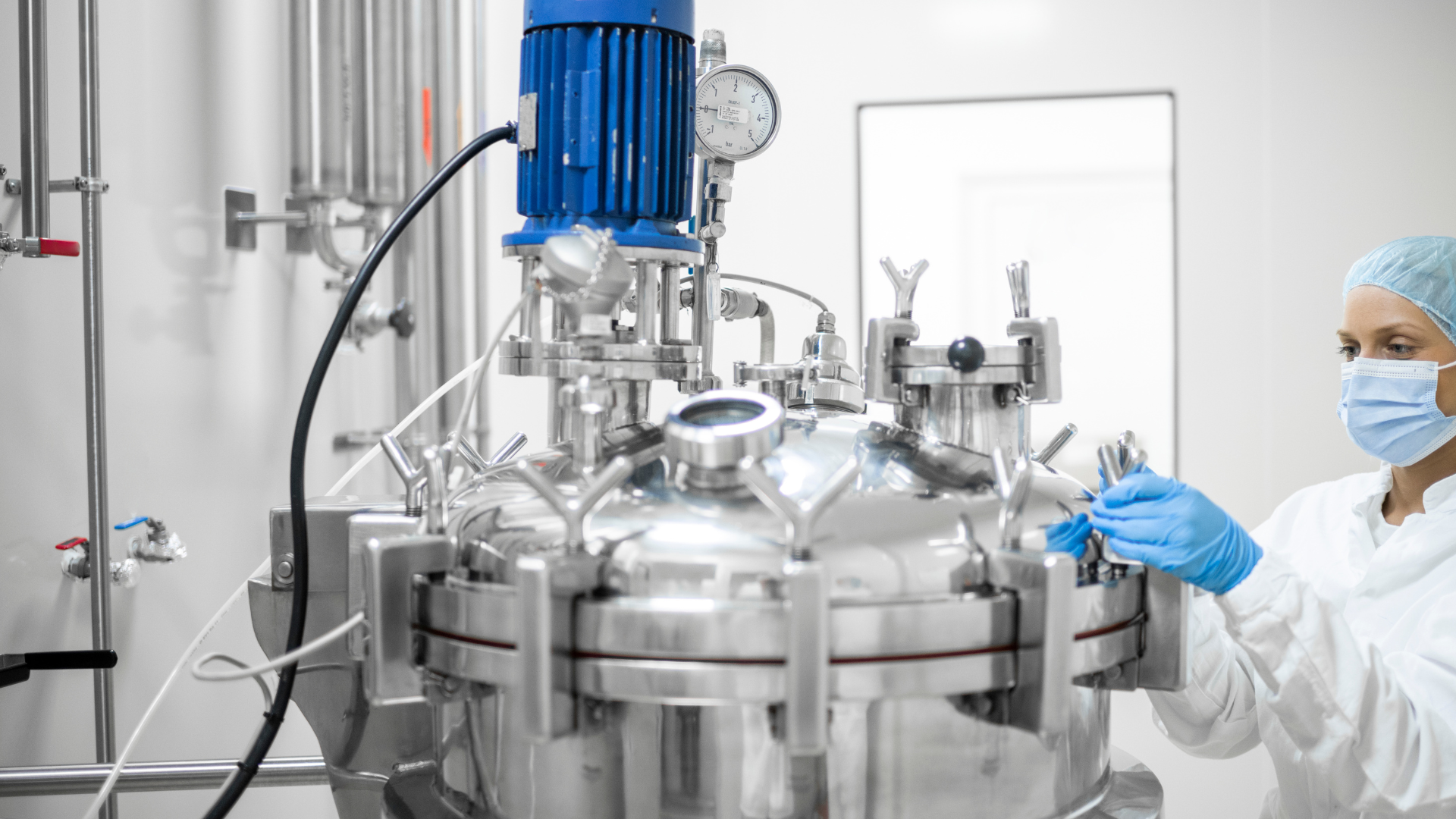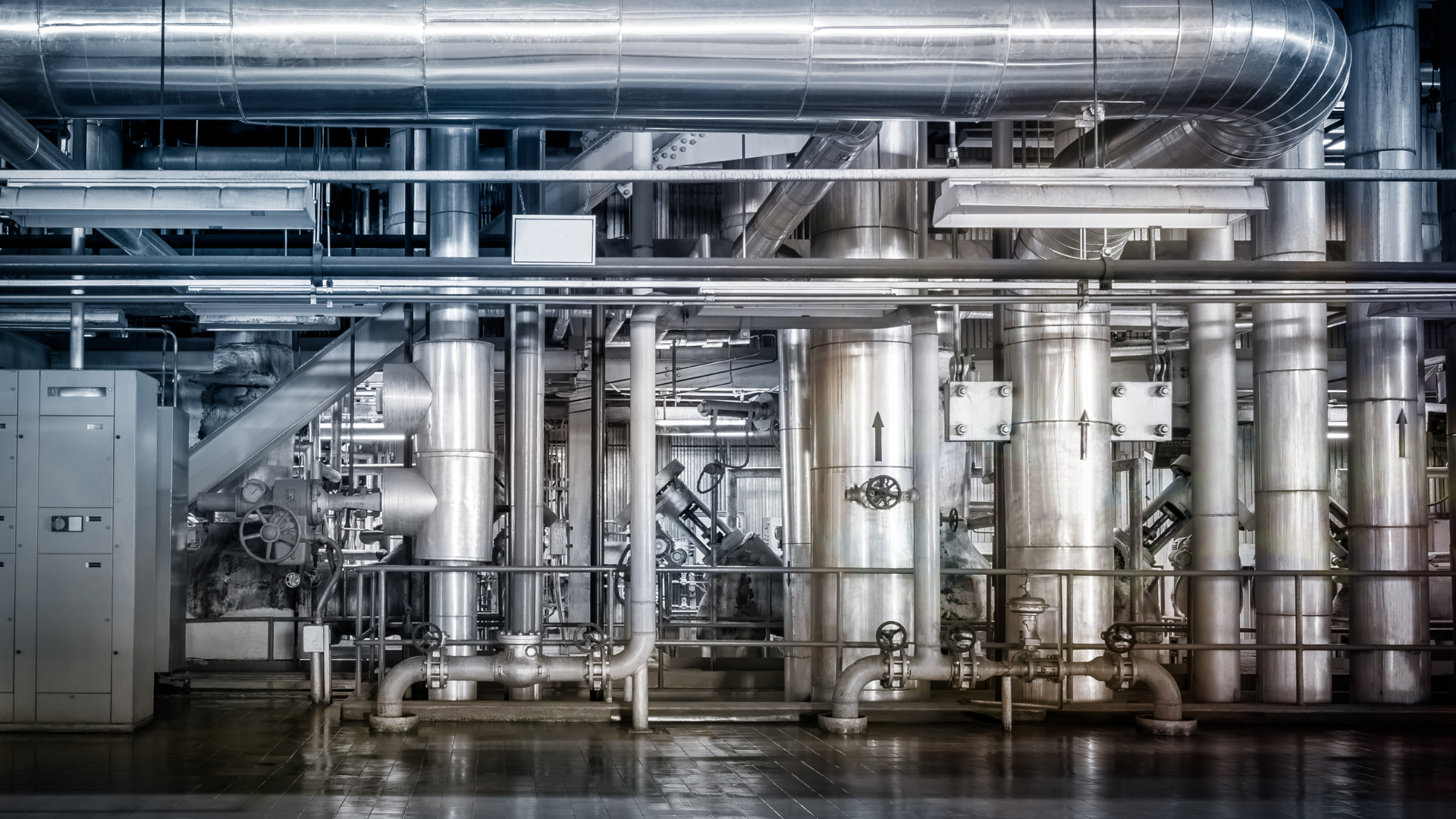What Are Ceramic Catalytic Filters and How Do They Work?
In industries where high-temperature processes release dust, harmful gases, and fine particulates, finding an efficient filtration solution is essential. Ceramic catalytic filters have emerged as one of the most advanced technologies for hot-gas filtration, providing durability, multifunctional performance, and compliance with strict emission regulations. This guide explains what ceramic catalytic filters are, how they work, and why they’re becoming the preferred choice for modern industrial plants.

Understanding Ceramic Catalytic Filters
Ceramic catalytic filters are specialized filtration devices designed to capture dust and reduce harmful emissions directly from hot exhaust gases. Unlike conventional fabric filters, which typically operate up to 260°C, ceramic filters can withstand temperatures as high as 1000°C. This makes them ideal for industries where cooling the gas stream before filtration would be inefficient or cost-prohibitive.
The core advantage of these filters lies in their ability to perform both mechanical filtration (removing particulates) and catalytic reactions (breaking down harmful compounds such as NOx and SOx) simultaneously.
The Science Behind Their Design
Each ceramic catalytic filter element is built with a porous ceramic structure that traps particulates while allowing gas to flow through. The filters are often coated with catalysts, such as vanadium or titanium compounds, which enable chemical reactions to occur on the surface. As exhaust gas passes through, particulates are captured, and pollutants like nitrogen oxides (NOx) and sulfur compounds (SOx) are converted into harmless forms such as nitrogen, sulfur, and water vapor.
This dual action makes them highly efficient for plants seeking to reduce multiple emissions in a single system.
How Ceramic Catalytic Filters Work in Practice
When installed, ceramic catalytic filters act as a barrier and a reactor simultaneously. The gas stream first meets the porous ceramic surface, where particulate matter such as dust and ash is trapped. Next, the catalysts embedded in the filter activate chemical reactions that neutralize harmful gases.
This two-step process enables 3-in-1 pollutant control:
- DeDust: Removes fine particles.
- DeSOx: Reduces sulfur oxides.
- DeNOx: Reduces nitrogen oxides.
By combining these capabilities, facilities can minimize system complexity and reduce the need for separate treatment units.
Key Advantages of Ceramic Catalytic Filters
The use of ceramic catalytic filters offers multiple benefits:
- High-Temperature Resistance: Handles gas streams up to 1000°C.
- Multifunctional Performance: Provides dust, SOx, and NOx control in one system.
- Smaller Footprint: Eliminates the need for separate equipment, saving space.
- Cost Efficiency: Lowers both capital (CAPEX) and operational (OPEX) expenses.
- Environmental Compliance: Meets stringent emission regulations with fewer system interfaces.
For industries aiming for both sustainability and cost savings, these filters are a strong long-term investment.
Applications Across Industries
Ceramic catalytic filters are used in a wide range of industries, including:
- Cement plants to control dust and sulfur emissions.
- Steel and metallurgy for high-temperature filtration.
- Waste incineration facilities to capture harmful gases and particulates.
- Chemical processing for both filtration and pollutant conversion.
- Power generation plants to improve emission control and energy efficiency.
Their versatility makes them suitable for virtually any facility dealing with hot, contaminated exhaust streams.
Ceramic Filters vs. Fabric Filters
A common question is whether ceramic catalytic filters are worth the upgrade compared to traditional fabric filters. While fabric filters may work for smaller systems or lower temperatures, they cannot handle extreme heat or provide catalytic reactions. Ceramic filters, on the other hand, are designed to replace multiple systems at once.
For example, instead of installing both a bag filter and a selective catalytic reduction (SCR) unit, a single ceramic catalytic filter system can achieve the same results with fewer moving parts and lower operational costs.
Maintenance and Lifespan
One of the advantages of ceramic catalytic filters is their durability. With proper maintenance, they can last significantly longer than fabric filters, which degrade at lower temperatures. Cleaning methods typically involve pulse-jet systems that dislodge dust from the filter surface without damaging the ceramic structure.
Regular inspections help identify early signs of wear, but overall, their robust design ensures a lower replacement frequency compared to textile alternatives.
Meeting Regulatory Demands
Environmental regulations are becoming more stringent worldwide, especially regarding NOx and SOx emissions. Ceramic catalytic filters are designed with these requirements in mind, offering facilities a future-proof solution. By integrating multiple emission control functions into one unit, operators can remain compliant while avoiding costly retrofits down the line.
Why They’re a Smart Investment
Although ceramic catalytic filters may have a higher upfront cost than fabric filters, they quickly pay off in terms of energy efficiency, reduced equipment complexity, and lower maintenance expenses. For medium- to large-scale operations, they provide a cost-effective balance between performance and sustainability.
Final Thoughts
Ceramic catalytic filters are more than just advanced filtration devices—they’re an integrated solution for dust control, pollutant reduction, and long-term cost savings. By combining high-temperature resistance with catalytic performance, they meet the growing demand for cleaner and more efficient industrial operations.
If you’d like to learn more about emission control technologies or how ceramic filters compare with other solutions, check out our Ceramic Filters Product Line page. For additional insights into optimizing equipment performance, you can also explore our Mixing Efficiency Review services.
Have questions or need guidance on ceramic catalytic filters? Reach out to our team today to get started.



